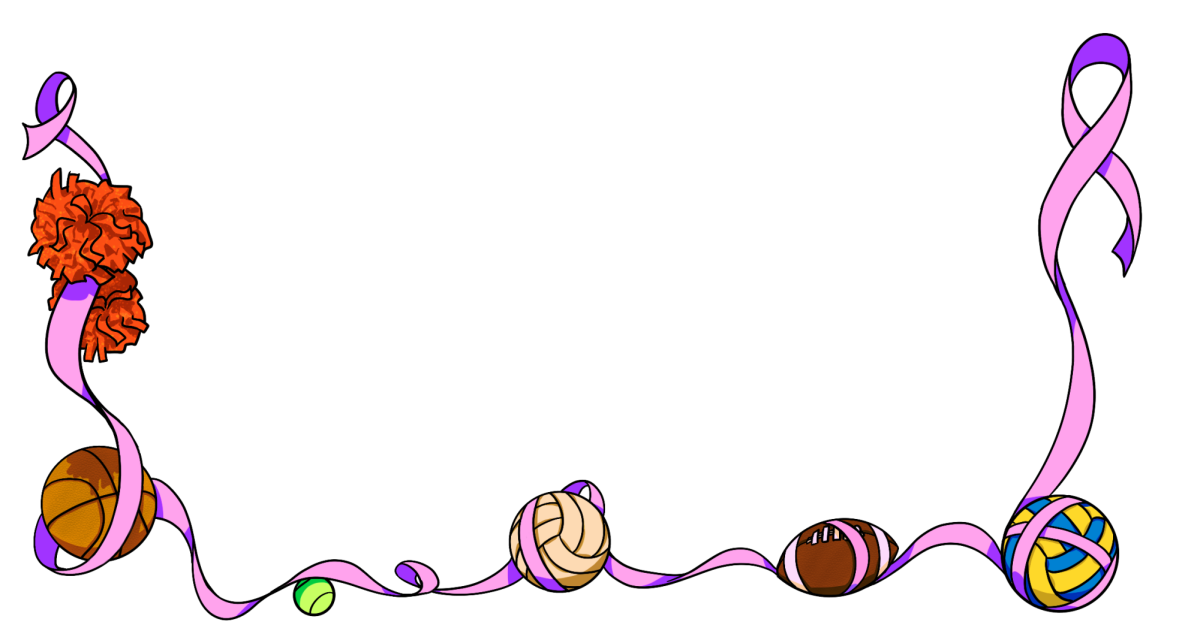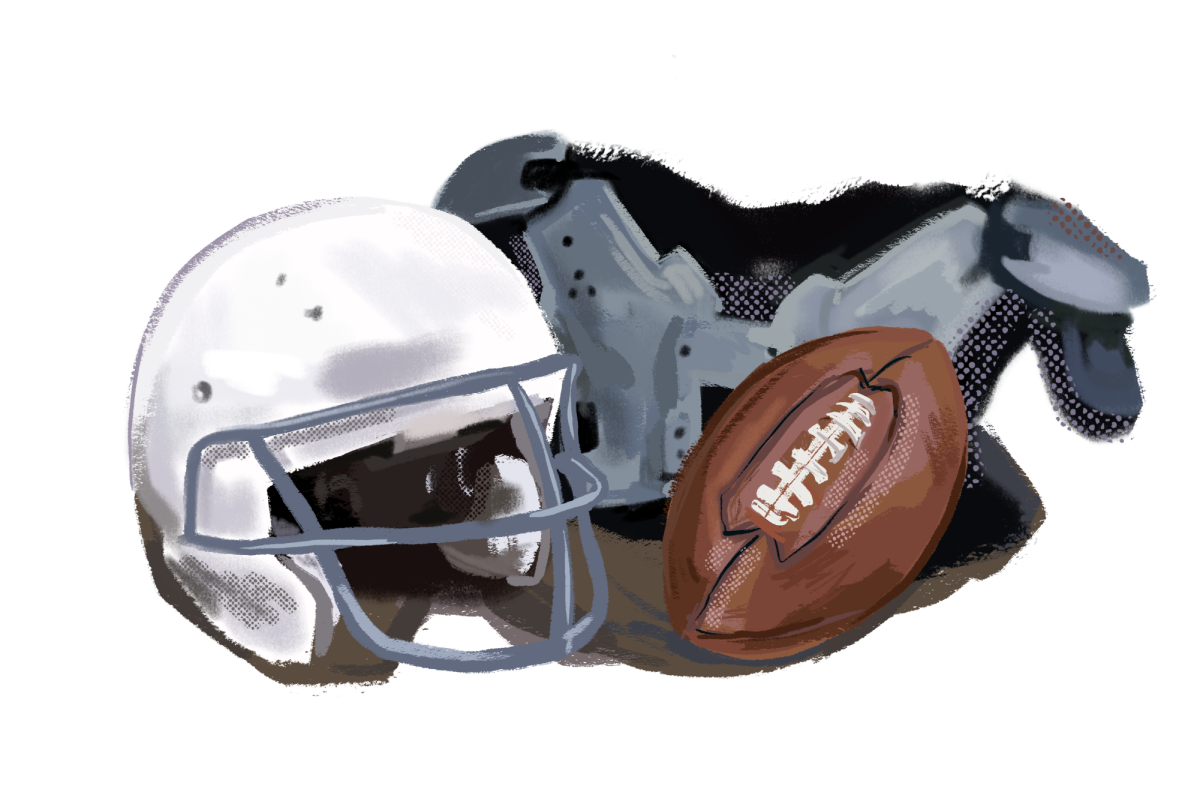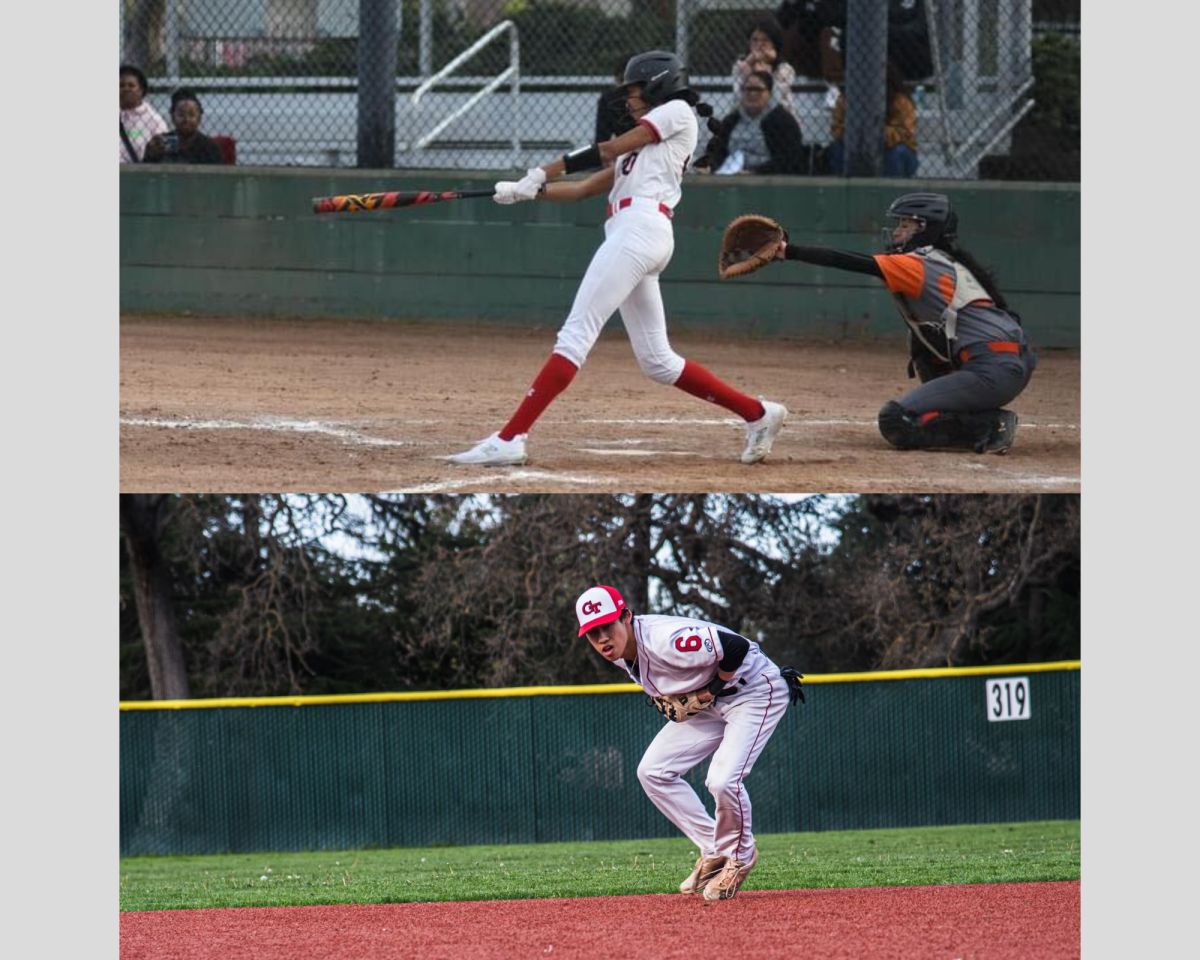Written by Grace Tramack
Exercising over six hours per day sounds insane, and it is even more ridiculous that this is a reality for some students. Currently, to meet the requirements of an Independent Study (a self directed class in which a student creates a project), a student must play a sport outside of school to get out of Physical Education (P.E). is, however, excludes athletes who play club sports year round. These additional sports sometimes have even more demanding schedules and practice times. Even if their sport is
offered at Gunn, year-round athletes should not be forced to
take P.E. their freshman and sophomore year as they already
get plenty of exercise and could use the prep to manage their
time better and lead a more balanced lifestyle.
Student athletes already exercise more than the recommended adolescent amount. According to a KidsHealth article, teens ages 13 to 18 should engage in roughly one hour of physical activity per day. Many athletes practice two or three hours after school every day, and some even practice for an hour and a half before school as well. Suggesting that these athletes need to exercise more than they already do is ridiculous, and the only thing athletes are getting out of P.E. is even more exhaustion.
In addition, the main purpose of P.E. is to allow students to discover which kinds of exercise they enjoy and which kinds they don’t and to teach them how to fuel their bodies properly. However, student athletes who practice for up to or more than 20 hours each week clearly already have an exercise plan that works for them. Therefore, these students are not benefitting from the information they are receiving—it’s as if the student is taking an introductory course in a language that they are already fluent in. Most athletes agree that nutrition and hydration are some of the most important factors in their sport. Coaches typically will either talk to their athletes about properly fueling their bodies for their particular sport or ask a sports nutritionist to talk to their athletes. is way, athletes are getting tips specific to teenage athletes, or maybe even to athletes of their sport, instead of a generalized nutrition talk. P.E. teaches students that they should be consuming roughly 2,000 calories each day. However, according to an Eatright article, teenage athletes need up to 4,000 calories each day. Knowing that student athletes are hearing that 2,000 calories is the number to strive for is frightening, especially if they count their calories and realize that they consume almost twice that amount. Teenagers who play a sport year round have nothing to gain from these nutrition talks aimed at students whose only exercise is their four hours of P.E. every week. Therefore, P.E. teaches student athletes nothing: they clearly already know how to create their own exercise plan and cannot relate to nutrition-based talks given for non-athlete students.
Year-round student athletes already exercise more than the recommended amount each week and have no need for general health lectures and therefore should not be required to attend P.E. Some may argue that not taking P.E. would mean that these students would just take an extra class, which would stress them out even more. is problem is easily resolved by granting these students Independent Study if they meet all of the requirements— regardless if the sport is offered at Gunn or not— and having them simply take a prep. Allowing athletes to get out of P.E. would be more beneficial to their mental and physical health and would give them time to relax. After all, their schedules are crazy enough.



















